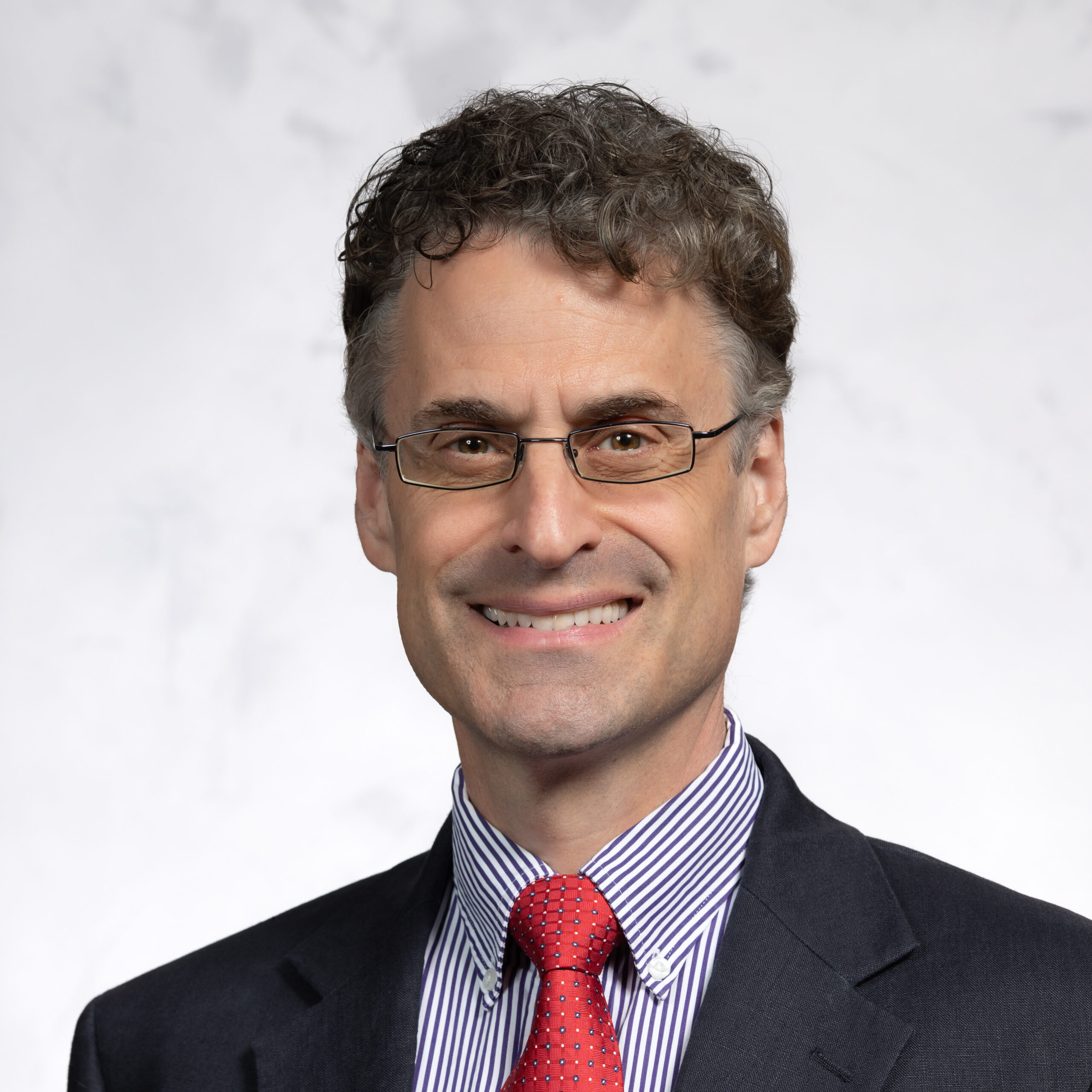Home > Research & Insights >
Insights
COVID-19 Recovery Fund Reflections
Timeliness, trust, and transparency for greater effectiveness and impact
Takeaway
Two and a half years ago, the Foundation announced the St. David’s Foundation COVID-19 Recovery Fund: Lifting Up Central Texas Today and Tomorrow. The $10M Recovery Fund was the Foundation’s largest open call for proposals in the history of the organization, the fastest processing time to distribute investments, and presented a unique opportunity to center equity principles into our funding practices.
In the Spring of 2020, it was becoming evident that the pandemic was impacting some communities and individuals harder than others. From the images of cars filling the parking lots of food banks across the state to the stark data reflecting the disproportionate rates at which Black and Brown communities were suffering from COVID-19, it was clear that our community was in crisis and needed the support of all those who were in a position to offer assistance. We recognized that community-based non-profits, including and beyond our existing grant partners, would be best positioned to serve the people most severely impacted by the pandemic. However, we also acknowledged that our traditional funding processes were not fit to effectively deploy funds in a timely fashion to new and smaller grassroots partners with immediate needs.
Given these realities, we pivoted our ways of working and developed a new process for the Recovery Fund that prioritized equity and allowed for iteration. Although the Fund has closed, we continue to learn from the processes that were tested and are actively working to increase timeliness, trust, and transparency across our grantmaking efforts.
TIMELINESS of resources
- Responsive to community needs: Within about a month of the nationwide shutdown in March 2020, the Foundation opened the application for the first phase of the Recovery Fund. By the end of that Summer, we had received and processed more than 500 proposals, roughly double the 288 requests for funding received in 2019, and delivered 193 grants, totaling $10 Million.
- Designed to evolve: When designing the Fund, we heard from partners that there were urgent community needs around food access, housing, and COVID-19 testing and prevention, so we made funding those needs the priority for Phase I. We approached the design of the later phase with a sense of humility. We acknowledged that our community was facing unprecedented challenges and we were relatively new to emergency funding. While it wasn’t long between the first and second phases of funding, we did aim to be responsive to the shifting challenges and in Phase II we prioritized funding for childcare, behavioral and emotional well-being, health care services, along with basic needs.
TRUST in our partners
- Unrestricted Funding: This moment in time showed a great need for agility and thus we decided that all funds distributed as part of the Recovery Fund would be unrestricted general operating support. We recognized the need for local non-profits to have flexibility in responding to evolving challenges and wanted to ensure the stabilization of day-to-day operations. This pivot allowed our non-profit partners to respond to the crisis with the greatest impact.
- Reduce Reporting: In the past, the Foundation required written reports every six months. To reduce the burden on grantees, the Foundation shifted to a single report with reduced questions at the conclusion of the one-year grant period.
TRANSPARENCY on process and changes
- Application Scoring: The Foundation shared the priority populations and services we aimed to support with applicants during two funding cycles. To ensure we were reaching the organizations that could be most effective, for the first time in our grantmaking, organizations that were led by People of Color, based in rural communities, and new to the Foundation were given greater consideration when scoring their applications.
- Awardee Statistics: To hold ourselves accountable, the Foundation shared data on how the funded organizations aligned with our goals of supporting new, BIPOC-focused, BIPOC-led, and rural organizations.
The unique circumstances of the Recovery Fund allowed us to test new ways of working and supporting the Foundation’s understanding of health equity as a process and an outcome. We strive to build open and honest feedback loops with our grantees and community partners to enhance our collective work as well as better understand the impact of these shifts. The 2021 Grantee Perception Report gave us insight into areas for improvement and encouraged us to continue to be open about our journey toward equity, diversity, and inclusion. We invite you to share your thoughts or questions by emailing [email protected].
